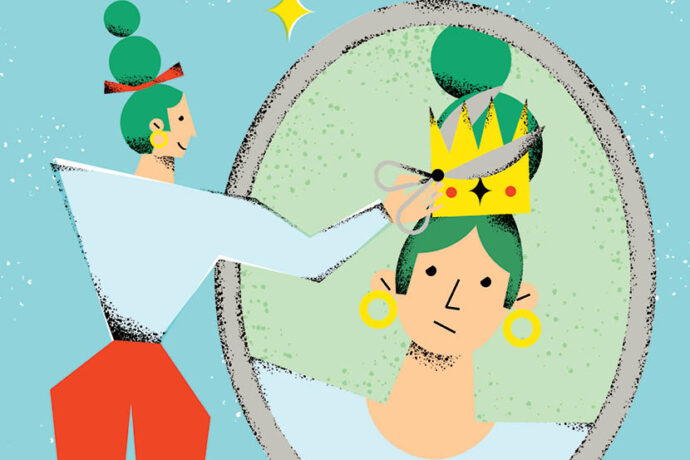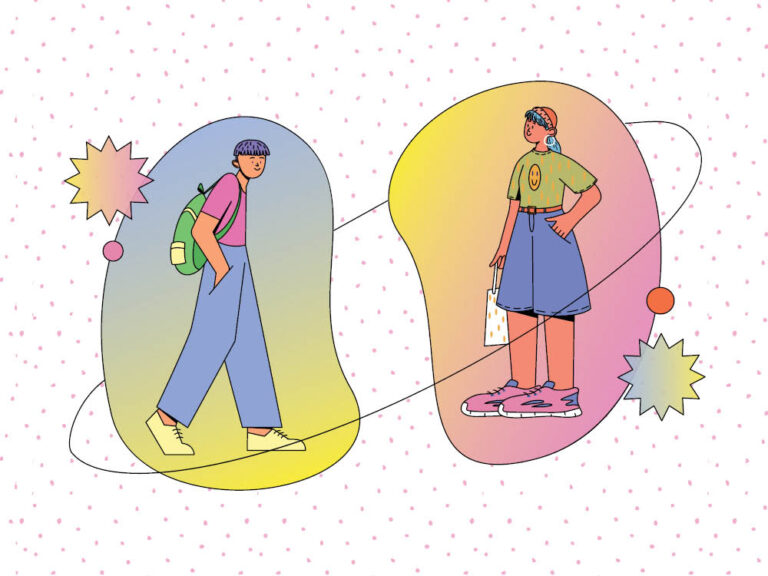
When we react negatively to an event, we experience stress. Our heart rate increases, we may feel flushed...
When we react negatively to an event, we experience stress. Our heart rate increases, we may feel flushed, our palms may become clammy, and we may feel nauseous or need to go to the bathroom. This is evidence that the body’s stress response – the sympathetic nervous system – is working: a threat has been identified, the alarm has sounded, and the body’s defences move into battle stations…
… and that’s good news! If the body’s internal alarm wasn’t working properly, we would be at risk from potential stressors.
POSITIVE STRESS:
Stress can be positive. Positive stress (eustress) motivates us; it focuses our energy and feels exciting. The body rises to a challenge and our performance improves. Positive stress is usually fleeting, and while it causes us to experience the same physical sensations as those generated by negative stress (distress), they are less damaging.
Feeling stressed from time to time is nothing bad. It can be a sign that our body is helping us to perform at our best. It is only when we feel stressed constantly – negative stress – that problems may arise.
NEGATIVE STRESS:
This feels unpleasant and is perceived as taking us beyond our coping skills. It inhibits our performance, as we are operating from a position of anxiety and fear. The stress reaction releases stress hormones, such as cortisol, that inhibit the neural branching of neurons in the brain and cause atrophy in the area of the brain responsible for developing new brain cells; effectively, our brain is not developing or functioning at its best.
Cortisol also activates the amygdala, the brain’s ‘alarm’ button. All this combines to keep us stuck in fearful thinking. Negative stress can lead to mental and physical problems and can be short- or long-term (the latter is known as chronic stress).
THE STRESS REACTION:
When the body identifies a potential threat, the amygdala (the most primitive part of the brain) sounds the alarm and the body releases stress hormones to aid in fight or flight, diverting all resources to this end. Long-term bodily functions such as digestion and reproduction are shut down, and energy is diverted from the higher centres of the brain (the ‘executive’ functions), which require a lot of resources, to the most primitive areas, which focus purely on survival. Therefore, all decision-making now occurs from a place of fear and threat, and is devoid of higher ‘executive’ function.
Whether we categorise something as good or bad stress will vary for each of us, since it is not the stressor itself that causes the problem but rather our perception of it. If we regard something as taxing our resources and beyond our ability to cope, we will perceive it as negative stress. This, in turn, will activate and maintain the body’s threat level and cause the stress reaction to continue.
THE CALMING RESPONSE:
When the calming response (the parasympathetic nervous system) is activated, the heartbeat and breathing slow, muscles relax, and the digestive juices begin flowing again. The calming response is designed to promote growth, energy and all the other processes that are needed for our long-term survival and wellbeing. It is the opposite of the stress reaction.
We can learn ways of deliberately activating the calming response the instant we feel stressed, or even to nip stress in the bud if we are aware enough to pick up the early signs, by tuning into our physical sensations. This could be by focusing on the breath, for example, or breathing through the feet on the floor.
We can also learn ways to live more calmly day to day, changing our perception of our experience and thereby inhibiting stress from arising in the first place. When we are stressed, physical exercise will dispel the stress hormones released as part of the sympathetic nervous system’s ‘fight or flight’ reaction, as will crying.
This article was originally published in Issue 2, Breathe Magazine – Small Wonders.



















